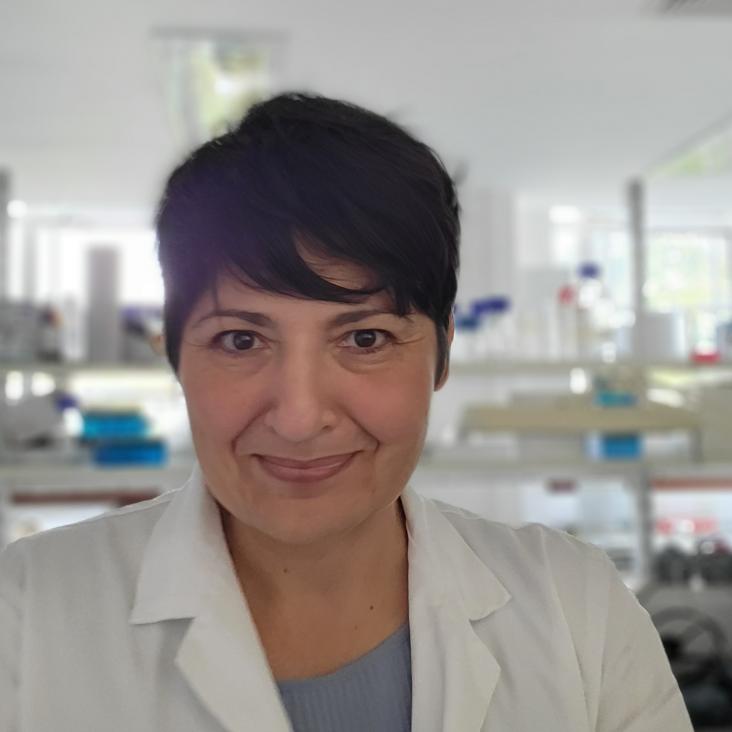Reconfigurable T‐junction DNA origami
Angewandte Chemie International Edition Wiley 59:37 (2020) 15942-15946
Abstract:
DNA self‐assembly allows the construction of nanometre‐scale structures and devices. Structures with thousands of unique components are routinely assembled in good yield. Experimental progress has been rapid, based largely on empirical design rules. Here we demonstrate a DNA origami technique designed as a model system with which to explore the mechanism of assembly. The origami fold is controlled through single‐stranded loops embedded in a double‐stranded DNA template and is programmed by a set of double‐stranded linkers that specify pairwise interactions between loop sequences. Assembly is via T‐junctions formed by hybridization of single‐stranded overhangs on the linkers with the loops. The sequence of loops on the template and the set of interaction rules embodied in the linkers can be reconfigured with ease. We show that a set of just two interaction rules can be used to assemble simple T‐junction origami motifs and that assembly can be performed at room temperature.Correction to 'Bioelectrical understanding and engineering of cell biology'.
Journal of the Royal Society, Interface 17:167 (2020) ARTN 20200435
Reconfigurable T‐junction DNA origami
Angewandte Chemie Wiley (2020) ange.202006281
Bioelectrical understanding and engineering of cell biology
Journal of The Royal Society Interface The Royal Society 17:166 (2020) 20200013
Abstract:
The last five decades of molecular and systems biology research have provided unprecedented insights into the molecular and genetic basis of many cellular processes. Despite these insights, however, it is arguable that there is still only limited predictive understanding of cell behaviours. In particular, the basis of heterogeneity in single-cell behaviour and the initiation of many different metabolic, transcriptional or mechanical responses to environmental stimuli remain largely unexplained. To go beyond the status quo, the understanding of cell behaviours emerging from molecular genetics must be complemented with physical and physiological ones, focusing on the intracellular and extracellular conditions within and around cells. Here, we argue that such a combination of genetics, physics and physiology can be grounded on a bioelectrical conceptualization of cells. We motivate the reasoning behind such a proposal and describe examples where a bioelectrical view has been shown to, or can, provide predictive biological understanding. In addition, we discuss how this view opens up novel ways to control cell behaviours by electrical and electrochemical means, setting the stage for the emergence of bioelectrical engineering.Biophysical characterization of DNA origami nanostructures reveals inaccessibility to intercalation binding sites
Nanotechnology IOP Publishing 31 (2020) 23



